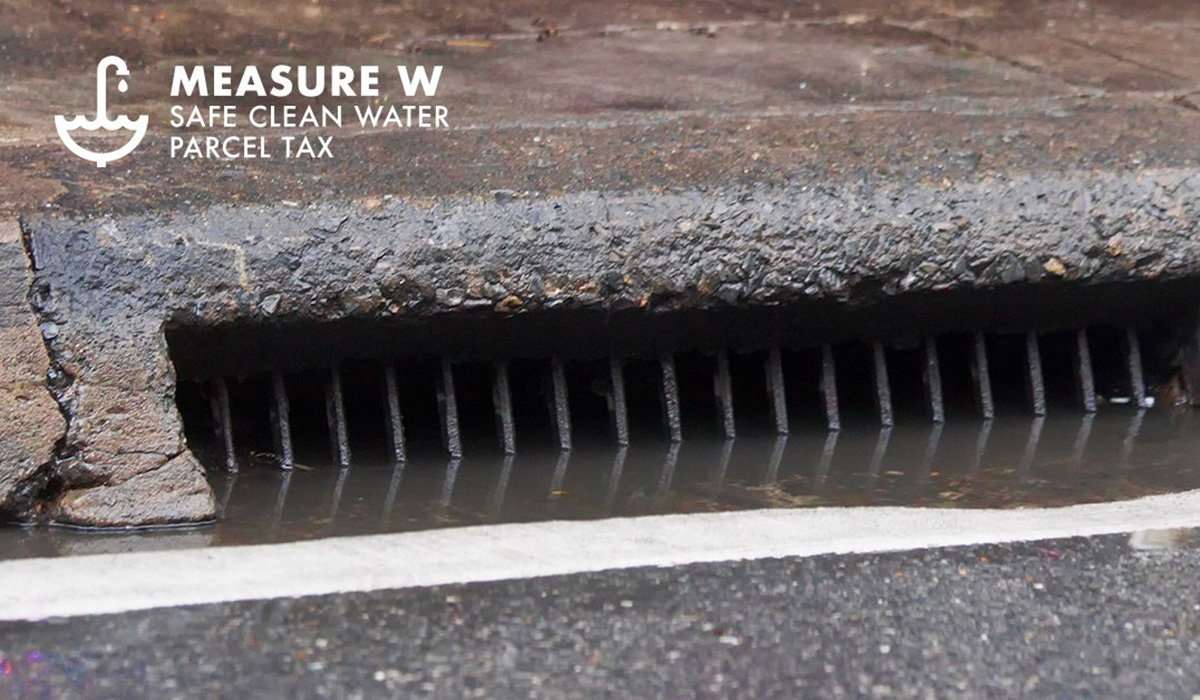By Jaya Padmanabhan
Ethnic Media Services
LOS ANGELES, CA — The 2017-2018 rainfall season was the third lowest on record for Los Angeles since rainfall records began being kept in 1877. This storm season, though, experts are forecasting a 60 to 70% chance that El Nino is headed LA’s way, leading to a high possibility of a wet winter.
In this era of extreme and unpredictable weather patterns, “water resilience” is a critical focus of LA county’s stormwater management system to help plan “how we’re going to go through periods of drought and downpour,” said Kerjon Lee of the Los Angeles County Department Public Works (LADPW) at an informational briefing organized for the media in collaboration with Ethnic Media Services.
The LADPW engineers at the briefing explained that water is scarce in LA county and water-related challenges are multifold. Two-thirds of LA’s water is imported from outside sources, like Sacramento, Arizona and other states. So, rain water must be captured, cleaned and preserved for future use.
With the Flood Control District’s 14 major dams, 27 spreading grounds, and 480 miles of open channels much of that work is being done, however, more is needed to curb rainwater waste and contamination as well as build capacity for conservation.
Rain replenishes groundwater, which supplies local drinking water, but due to the vast swathes of paved surface in Los Angeles, every year LA county’s stormwater system loses 100 billion gallons of water to the ocean, which could quench the needs of 2 million people for a whole year.
As rainwater flows through the streets of LA, it picks up pollutants and carries the debris to the ocean. This contamination is a threat to marine life, public health and the environment.
Standing overlooking the picturesque Oxford Basin Multiuse Enhancement project in Marina del Rey, LADPW principal civil engineer Jolene Guerrero charted the evolution of the 10.3-acre project. Originally a flood control effort, it received a $14.7 million eco-friendly enhancement in 2016.
Using native and aquatic plants, the sediment in the basin was cleaned out, algae removed and pollutants trapped to improve water quality. Gates were added to swirl the water into the nearby ocean and walking trails were put in to make the project accessible to people.
Sea turtles and migratory bird are frequently spotted, and “once in a while a seal has ended up in the basin,” added Cung Nguyen, senior civil engineer at LADPW.
More such projects are needed, said LADPW officials, and Measure W — the Safe Clean Water Parcel Tax — is a November ballot measure that could provide the funding to implement modern solutions to LA’s water problems.
Approved by the LA County Board of Supervisors in July, the measure seeks to levy a 2.5 cent tax per square footage of impermeable surface. These are paved surfaces like parking lots, driveways and buildings that prevent water from seeping through into the ground.
If the Safe Clean Water Program measure passes, $300 million in revenue will be generated, 50% of which will go towards funding watershed projects for capturing and cleaning storm water and 10% toward schools, job training, and public education programs.
The remaining forty percent of the funds will go back to the cities and municipalities it came from. “The money generated in the community stays in the community,” reiterated Guerrero and in disadvantaged communities, 110% of the revenue will go back to the community. “For every dollar generated, they get $1.10c back,” she explained.
If the measure fails to get the requisite two-thirds support from voters, LA’s stormwater management system will continue to compete with other causes for grants and government funding.
“There is no dedicated funding source for stormwater projects. It’s about priorities; for local lawmakers it becomes a question of how do you spend those limited resources to benefit the community at large,” said Nguyen.
In the meantime, the unusually warm sea surface temperatures over the Equatorial Pacific indicates that residents should prepare for an upcoming storm season.





